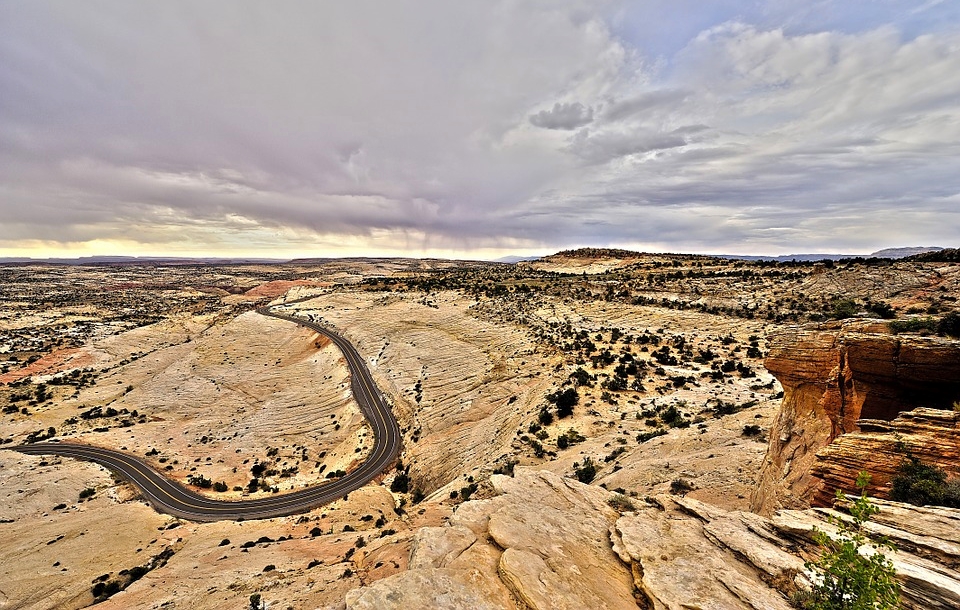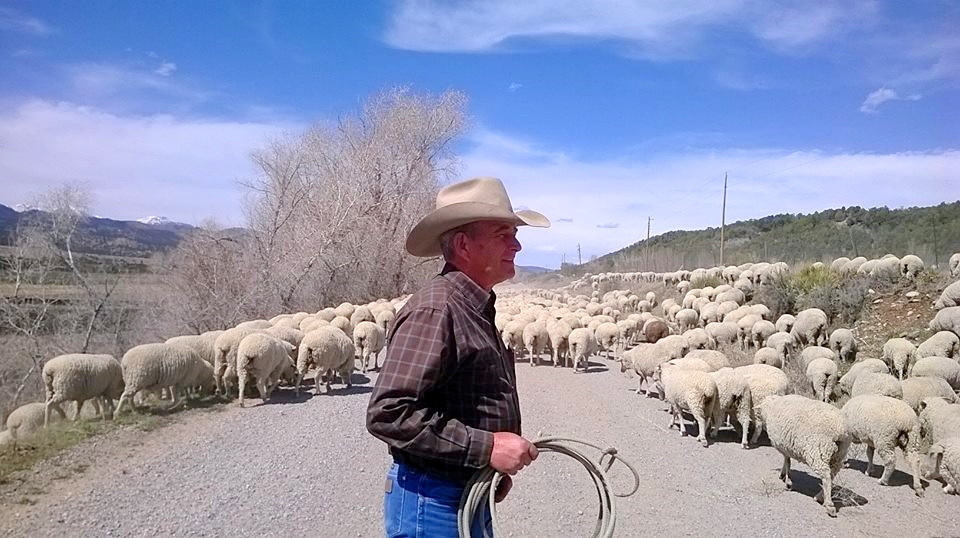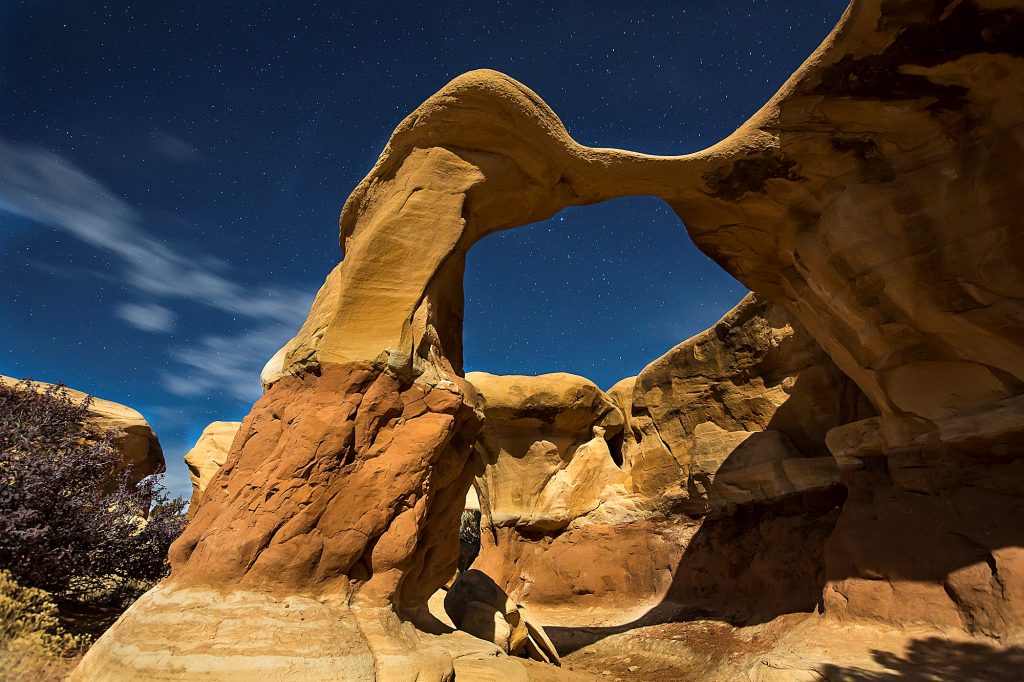The courts have declared there is no need to protect common sagebrush ground with no scientific or historic value. While there are clearly beautiful areas of historic and cultural importance that can be preserved in these monuments, much of it is common sagebrush that should be open for multiple uses.
Ron Gibson
Utah Farm Bureau applauds review of national monuments
Utah Farm Bureau applauds President Trump’s review of presidential national monument designations over the past two decades, including the highly controversial 1996 Grand Staircase-Escalante and 2016 Bears Ears National Monument.
It is refreshing, remembering President Bill Clinton sitting on the south rim of the Grand Canyon in Arizona without consulting local officials or notifying Utah’s elected leaders of his intention to set aside 1.9 million acres in the Grand Staircase-Escalante National Monument. Or, that one month before the end of his presidency, Barack Obama would unilaterally lock up another 1.35 million acres in the Bears Ears National Monument. Certainly, a closer look is warranted!
The president has authority under the Antiquities Act to “protect objects of historic and scientific interest” but it must be “confined to the smallest area compatible with the proper care and management of the objects to be protected.” Such was the case when Teddy Roosevelt made the 1,300-acre Devils Tower the first National Monument in 1906. Sadly, things have taken a drastic turn toward massive monuments since President Jimmy Carter in the 1970s.
Did protection of unique features or politics of the day drive the designation of nearly 3.5 million acres being locked away in the Grand Staircase-Escalante National Monument and Bears Ears National Monuments? It’s obvious the politics of Clinton and Obama didn’t line up with Utah. The courts have declared there is no need to protect common sagebrush ground with no scientific or historic value. While there are clearly beautiful areas of historic and cultural importance that can be preserved in these monuments, much of it is common sagebrush that should be open for multiple uses.
A review of land ownership in the most affected counties – Kane, San Juan and Garfield – would bring into focus whether or not the designation of these national monuments is excessive and regulatory overkill. These rural county governments already struggle to meet their citizens’ needs and to educate their children with only 10 percent (Kane), 8 percent (San Juan) and a paltry 5 percent (Garfield) of the land in these counties privately owned.
National monument designations in these three counties have, and will continue, to adversely impact generations-old sheep and cattle ranching families, as well as other multiple uses such as recreation and resource development. Livestock ranching, a major economic contributor going back to pioneer settlement, must now deal with a new level of Resource Management Planning by the Bureau of Land Management and U.S. Forest Service.
In Utah, with 67 percent of the state owned and controlled by the federal government, family sheep and cattle ranchers have been compelled for generations to combine their limited private land and water with the public domain to have sustainable and economically viable businesses. While this model worked historically for these family businesses, increasing uncertainty in how public lands are managed makes going forward difficult. Ranchers have already had to absorb a reduction of 70 percent of livestock grazing numbers in the past 50 years.
Cattle ranching and its economic contribution in Southern Utah’s Kane, Garfield and San Juan Counties has been hard hit by the presidential orders. Approximately 40,000 head of cattle were harvesting the annually renewing forage in these counties in 2016, generating more than $33 million in direct sales. Using a conservative multiplier, as ranching families spend those dollars and they ripple through the small towns, cattle sales will generate more than $50 million to the local economy. And that is a contribution that can renew itself every year.
Livestock grazing on the public lands is an important part of the history and culture of rural Utah and is a critical component of these rural economies. Harvesting the renewable forage provides an affordable protein for American dinner tables, contributes to the health of the ecosystem, reduces the potential for catastrophic wildfires, and supports rural, local economies.
The Utah Farm Bureau welcomes President Trump’s desire to review these monuments for the past 20 years to ensure they’re keeping with the stated intent of the Antiquities Act. With all the economic growth taking place along the Wasatch Front, it’s important for us all to support one of the pillars of economic success for these rural Utah counties – agriculture.
Ron Gibson is president of the Utah Farm Bureau Federation.




Great information. We must protect those who feed America’s families!